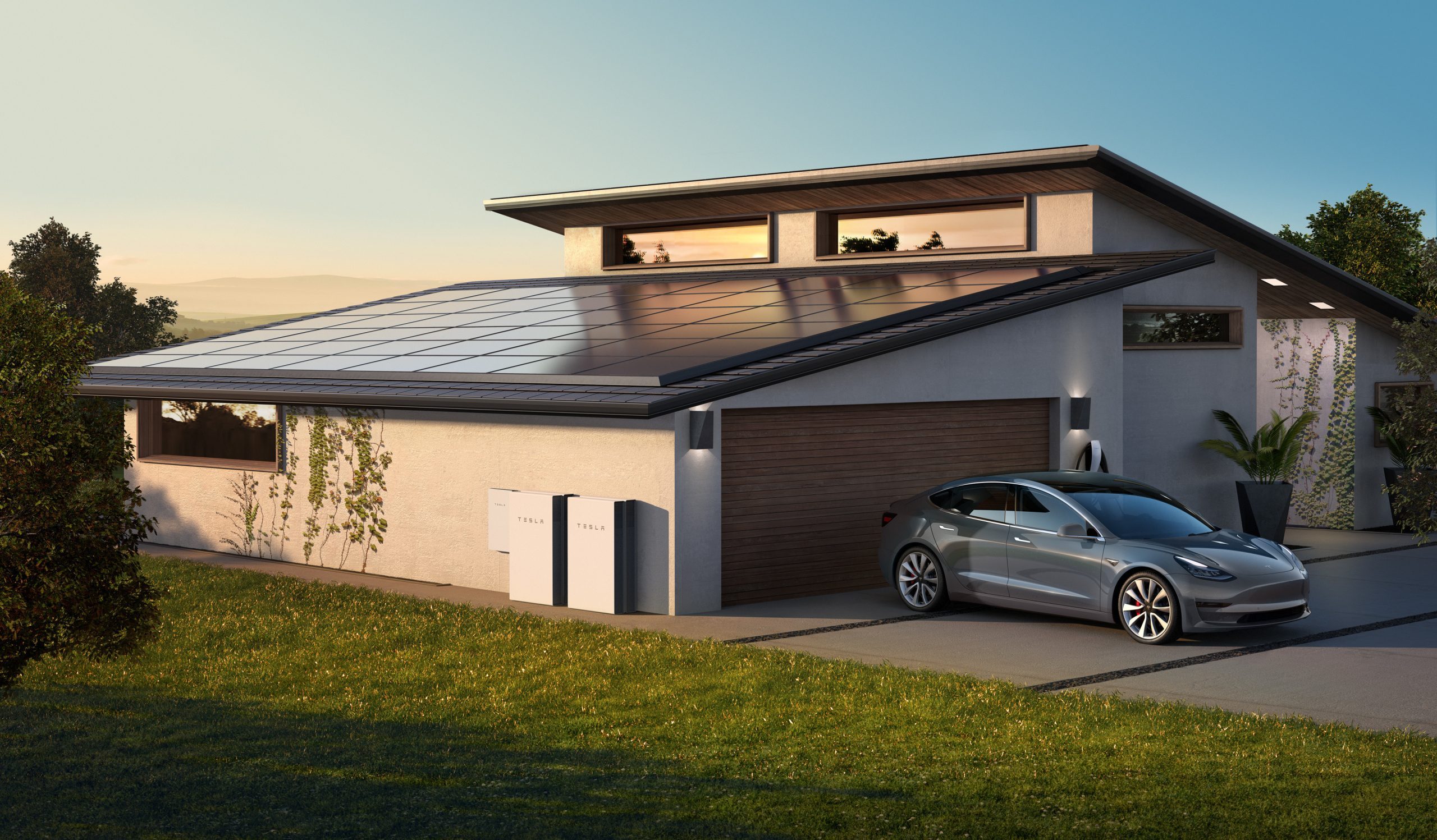Sure, for a High School Frosh. This thread is about NEM 3.0, and what line do you draw and where do you draw it. (Monthly access fees, reimbursement for export, true-up, take your pick, as all rates are fungible) For a public policy proposal we need # specifics, not motherhood and apple pie.
Many good ideas suggested in this thread, and, except for the rare poster who is doing solar solely for the environmental benefits, for the rest it comes down to payback, i.e, ROI. Three posters above said 12 years is too long (as does nearly every solar company); in essence, they want to "make" money (or have eletricity bills near zero) sooner on an investment that should last 20+ years (with some maintenance). But if they are making money, it's coming out of someone else's pockets. Even if we turned PG&E into a non-profit tomorrow, that doesn't mean their incompetence goes away. They just stop paying taxes. Even if we improve the successor utility company -- and/or break it up -- that still doesn't change the economic payback of home solar. 5 years? 8 years. 12 years? 15? Pick a number at which the home solar owner gets near free electric. (I get the hate on PG&E, but that doesn't change the underlying economics.)
I can mostly only comment on San Diego, but a break up of utilities would have a major impact because utilities are for profit companies with shareholders. Their goal is always to maximize profits so users be damned honestly.
Sempra energy had a near $9? billion profit last year (owner of SDG&E with our highest rates in the nation...I think their SDG&E profit was 800+ million?). If they were non-profit, there is now no incentive to maximize profits. Their capital projects all have guaranteed returns of 10%+ returns for anyone investing in it so it's always funded and guaranteed. Since higher capital projects means higher profits, it's in their profit model to maximize capital projects even if it wastes money without any real regard for users or anything else. Sorta like a bridge to nowhere, they just need to do stuff and the higher the price, the better (since again, profits are tied to $$ spent...golden toilets? overpay for anything? who really cares).
The whole problem and I've stated this before is that the whole energy market is totally messed up and completely structured incorrectly. There is no reason for utilities to conserve since as we've discussed non-stop here, if everyone decided to say, simply use less or kill use of any power, the utlities go belly up. Volumetric pricing is also a problem because those are the money makers for a utility, but these people are also the highest beneficial people to install solar/batteries and cut out the IOUs too.
Everything dealing with conservation, environmental can't be done due to their overall structure. I think until that changes, everyone will only see higher prices and little benefit. I still think locally owned solutions are best. Take solar on homes, expand to a local city and there is a vested interest within a community to keep everyone elses rates low since they all live there.
Every single utility that's not the large IOUs, even if they are right next door to PG&E, SGE, etc, the costs are much lower.
Even with gas prices with where they are, I think we see it still moves up and down. With utilities and power, I think like death/taxes, it ALWAYS only goes up, never down.



